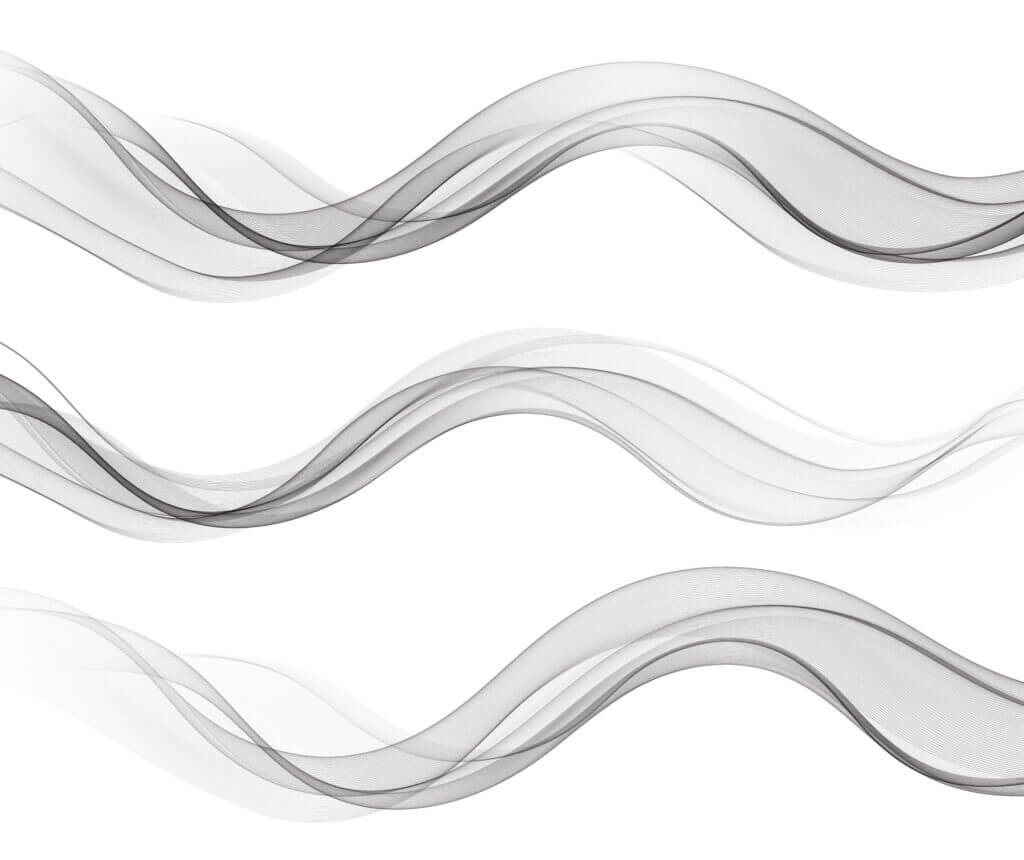"Vibrato", the wave-like, even oscillation of the sound when singing: It reminds us of opera arias or old musicals. Singing with vibrato seems outmoded to many today. In rock and indie music, but also in large parts of pop, vocal vibrato is not used at all or only rarely. Instead of being a natural quality of the sung tone, as in classical singing, vibrato has become one sparingly used expressive quality among many others.
Nevertheless, many singers today still wish they could master the expressive or stylistic device of vibrato. This is also because the audience still perceives a secure vibrato as a quality feature that distinguishes a singer's voice from the average voice - for example, a soloist from an accompanist in a choir with others. However, many singing beginners face the problem that vibrato simply does not want to happen. Contrary to what is often claimed, it does not come naturally to many people when they just hold a note in a relaxed way. Before we come to the question of what can be done to sing a note with vibrato, we need to understand how it develops and what function it has for vocally healthy singing.
Vibrato as a relaxation principle
Even if we no longer orient ourselves towards the classical vibrato: We can learn a lot from the classical tradition. First things first: vibrato is not only a quality of tone that contributes to the sonority of singing and can be perceived as beautiful. It is also a principle of periodic muscle relaxation for the voice.
As studies of the vocal apparatus have shown, the evenly rising and falling sound of the "vibrato wave" is based on a rhythmic alternation of tension and relaxation phases of the vocal muscles. Several muscle groups are involved in a well-developed vibrato wave: (a) the diaphragm (the muscle for abdominal breathing), (b) the suspension muscles for the larynx, and (c) those muscles that encircle the vocal cords in a ring and set the actuator cartilages (which open and close the vocal cords) into a rolling motion. If these three functions interlock while singing a note, the larynx and vocal cords are relieved. This protects the voice and is perceived by the audience as a loose, relaxed singer's voice.
A "straight tone" without vibrato, on the other hand, keeps the muscles of the vocal folds under constant tension. This leads to faster vocal fatigue when singing. With its rhythmic tension and relaxation phases, vibrato also prevents uncontrolled trembling or tremolo in the voice, in short: it stabilises the sustained tone.
In classical vocal pedagogy, vibrato is considered indispensable for these reasons. We don't have to go that far; but what we should keep in mind from the perspective of popular singing technique is the insight that vibrato is not only a highly valued means of expression in many genres, it is also a relaxation principle that singers should master in order to maintain their vocal health in the long run.
Three different vibrato shapes
As we can already guess from the list of muscle groups involved above, vibrato is more complex in its development than it sounds in the end. It occurs in three forms, which we can often hear and distinguish directly in famous singers.
The "breathing wave" is created from a rhythmic, jerky movement of the diaphragm. It is produced like Santa's big "Ho, Ho, Ho", but in an exhalation movement. When the air flow decreases, the sound drops slightly each time; when the air flow increases, it rises again. Since the breathing wave depends entirely on the intensity of the (exhalation) breath flow, the breathing wave is also called "intensity vibrato". The air bursts can be controlled voluntarily, but on this basis the vibrato is also not very fast (about 3 to 5 vibrations per second). Here is an example: Rock singer Meat Loaf sings with the breath wave.
Independent of rhythmic breathing is the "glottis wave". It is based on the movement of the vocal sphincters (a rolling movement of the vocal cartilages), with a constant air flow. The rather high speed as well as the extent of oscillation of the glottis wave can hardly be influenced (approx. 6 to 8 oscillations per second). In its extreme form, the glottal wave resembles the bleating of a goat. With more breathing pressure, e.g. when singing with a full voice in a high register, the glottis vibrato wave flattens and gives the sound a tight, squeezed sound that lacks body connection. In the middle register it sounds rounder; it is particularly common in French chanson, here by Joan Baez:
We see: Both types of vibrato are one-sided. But we can combine them into a single, complex vibrato wave. In doing so, we synchronise breath thrust and laryngeal movement into a vibrato of medium frequency (approx. 4 to 6 vibrations per second). It is this complex vibrato that we hear in the most impressive singing voices. A characteristic feature of these "big" voices is that the two aforementioned vibrato functions can be accentuated differently: e.g. the slow "breath wave" can make lower notes sound fuller, the faster "glottis wave" can be used for a mid-range boost, and the round, complex vibrato can be used for a strong treble.
Being able to switch between vibrato accents depending on the song or dramaturgical context is a seal of approval for any voice and enormously increases the expressive possibilities of the singing. Here is an example of complex vibrato, from the wonderful Whitney Houston:
Finding your own vibrato
Practising vibrato, indeed finding a balanced vibrato for your own voice in the first place, is a challenging task. It is different for every singer and can only be tackled face to face in singing lessons. Nevertheless, a few ideas can be helpful:
- Imagine that you find something terrifically funny. Let your voice rise as if to a high, connected laugh (see "Breath wave" above).
- Like in a children's game: you are a castle ghost and chase the others with a long drawn-out "Hui - Buh", the voice with a fear-inducing vibration; in long tone arcs you go up and down with this tremolo ("glottis wave").
- Sing adjacent notes (such as E-F), slowly alternating at first, then faster and faster.
- For some, it is helpful to imagine a low bouncing ball when holding a note to get into a vibrato.






